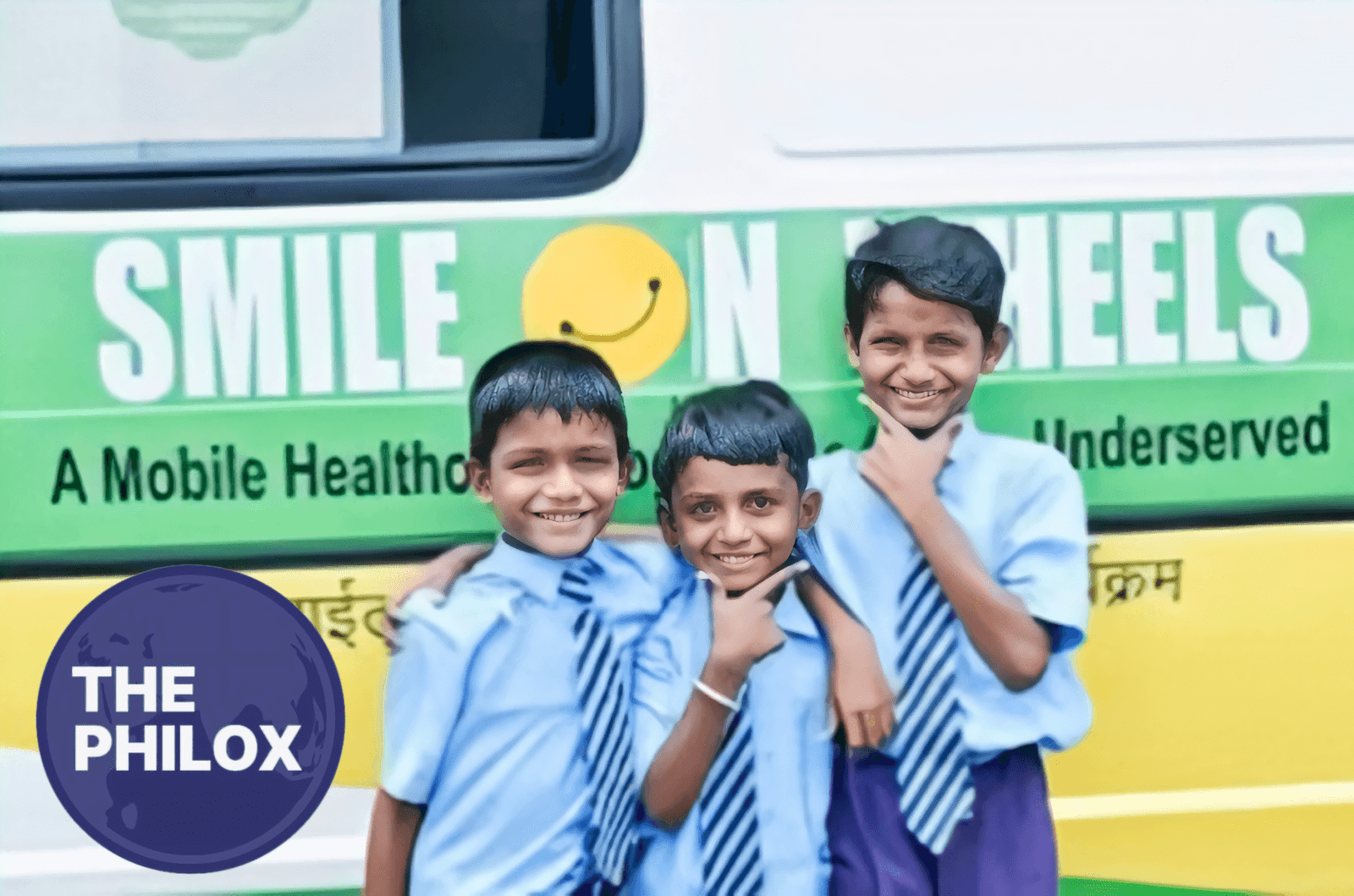From its founding in New Delhi in 2002, Smile Foundation has led front-edge transforming social transformation in India.
Dedicated to bettering the lot of poor areas, the NGO runs more than 400 initiatives in 25 states, directly affecting over 1.5 million children and families yearly according to their official statement on January 4, 2024.
An internal report dated March 15, 2025 shows Smile Foundation reaching 2,300 communities and slums by the first quarter of 2025, up from 2,000 in 2023.
By means of focused interventions in education, healthcare, livelihood, and women’s empowerment, the organization is progressively creating a society more fair.
Increasing Learning Prospectives: Mission Education
With its flagship project, Mission Education, which closes the learning gap for children outside of the classroom, education remains pillar of work for Smile Foundation.
As noted in a March 19, 2025, post on X (previously Twitter), the initiative achieved notable progress in 2024 enrolling 50,000 students without access to official education.
Beyond simple registration, Smile Foundation makes sure education results in quantifiable literacy increases.
According to a March 20, 2025 Ministry of Education audit, program recipients in rural Uttar Pradesh have seen a 20% rise in literacy rates since 2023.
Using digital classrooms and activity-based learning, the project is changing the educational scene in some of the most underdeveloped parts of India.
Changing Healthcare with Smile on Wheels
For many Indians, especially in rural and slum areas, access to high-quality healthcare still presents a great difficulty.
Meeting this demand, the Smile on Wheels program of Smile Foundation uses mobile healthcare teams to provide medical treatment right at individuals’ homes. Based on the official NGO website, these mobile units had serviced 1.54 million individuals as of 2023.
Conducted on March 22, 2025, a survey by the Tamil Nadu Health Department underlined even more the influence of this project Recording 300,000 free consultations in 2024, it greatly enhances access to healthcare in rural areas.
Especially in underprivileged areas, this intervention helped to lower newborn death rates by 15%, therefore proving its vital importance in mother and child healthcare. By means of this program, Smile Foundation is sure that individuals most in need of particular medical treatments get them.
Improving employability by means of Smile Twin e-Learning Program
Breaking the cycle of poverty depends on economic independence, so Smile Foundation’s Smile Twin e-Learning Program (STeP) gives young people skills fit for the modern workforce. Officially, the initiative had taught 47,000 young people in job-ready skills by 2023.
With 35,000 job placements in the retail and BPO sectors in 2024, a March 21, 2025 Economic Times study underlined the success of the program For those living in urban slums, this shows a 25% increase in employment, therefore enabling stable incomes and financial independence.
STeP is greatly helping to shape a more skilled workforce by combining industry relationships with vocational training.
Enabling Women with the Swabhiman Project
The goal of Smile Foundation is women’s empowerment, hence its Swabhiman program has changed thousands of women and girls’s life. The initiative has helped 150,000 recipients by 2023, encouraging self-sufficiency and independence.
A March 23, 2025 NITI Aayog research attributed Swabhiman with a 10% increase in female-led micro-businesses in Rajasistan. This milestone shows how well the initiative equipped women with access to financing and entrepreneurial abilities.
The initiative is helping women to take control of their lives by providing mentoring, financial literacy instruction, and healthcare knowledge.
A better India via environmentally friendly development
Beyond its main projects, Smile Foundation guarantees long-term effect by including sustainability into all it does.
Through education, healthcare, employability, and gender equality, the company is solving structural problems and so promoting a more inclusive society.
With its growing influence—now spanning 2,300 villages and slums as of Q1 2025—Smile Foundation is supporting India’s advancement toward sustainable development Combining grassroots interventions with government and commercial sector alliances,
this model shows how well strategic social projects can propel national transformation.
In essence
Verifiable influence across education, healthcare, livelihood, and women’s empowerment shows Smile Foundation’s dedication to social development.
The NGO is not only improving people but also helping India’s larger development narrative by always extending its reach and improving its initiatives. Programs like those run by Smile Foundation will continue to be vital in determining a better, more resilient nation as the country develops.









